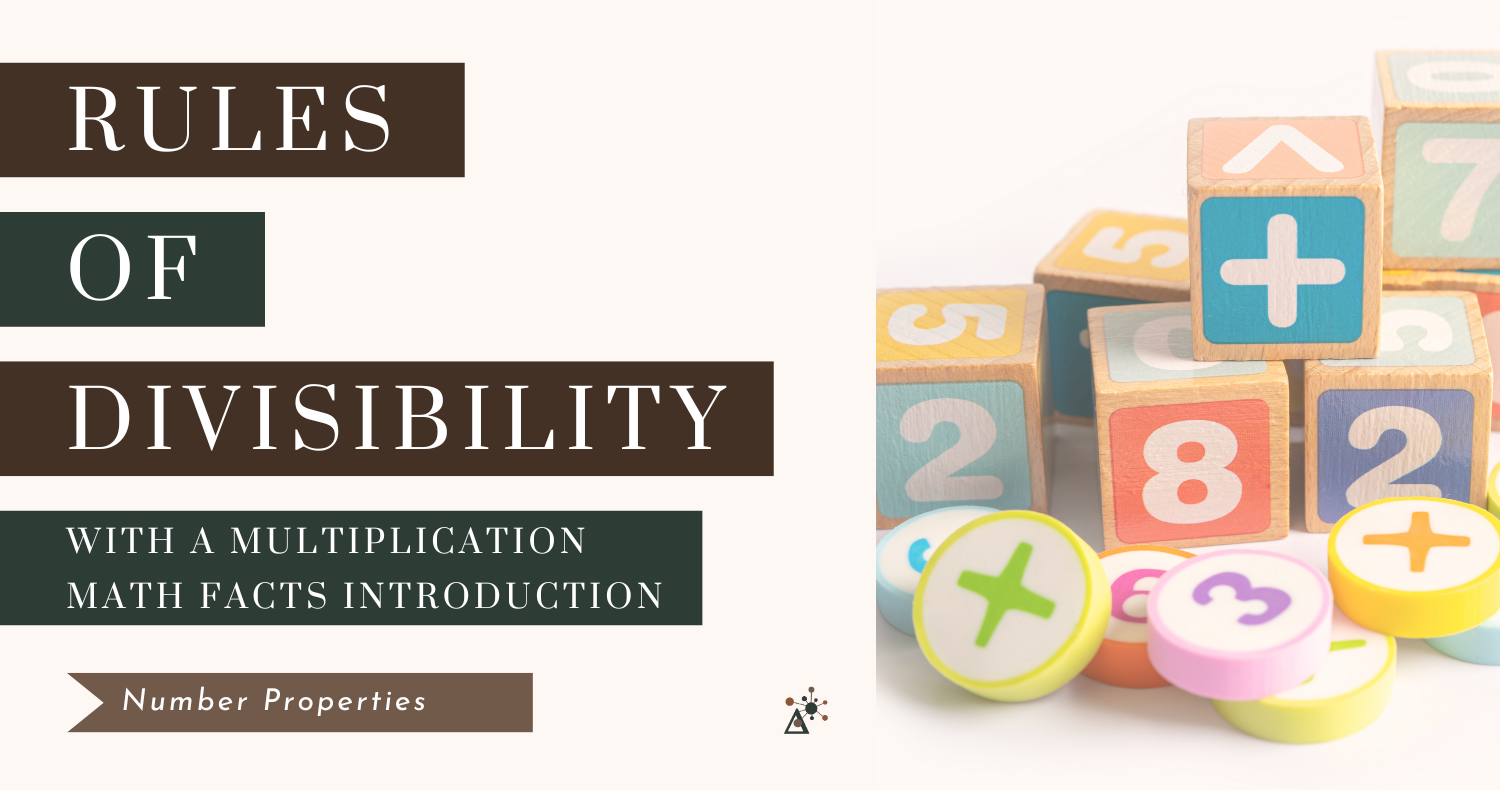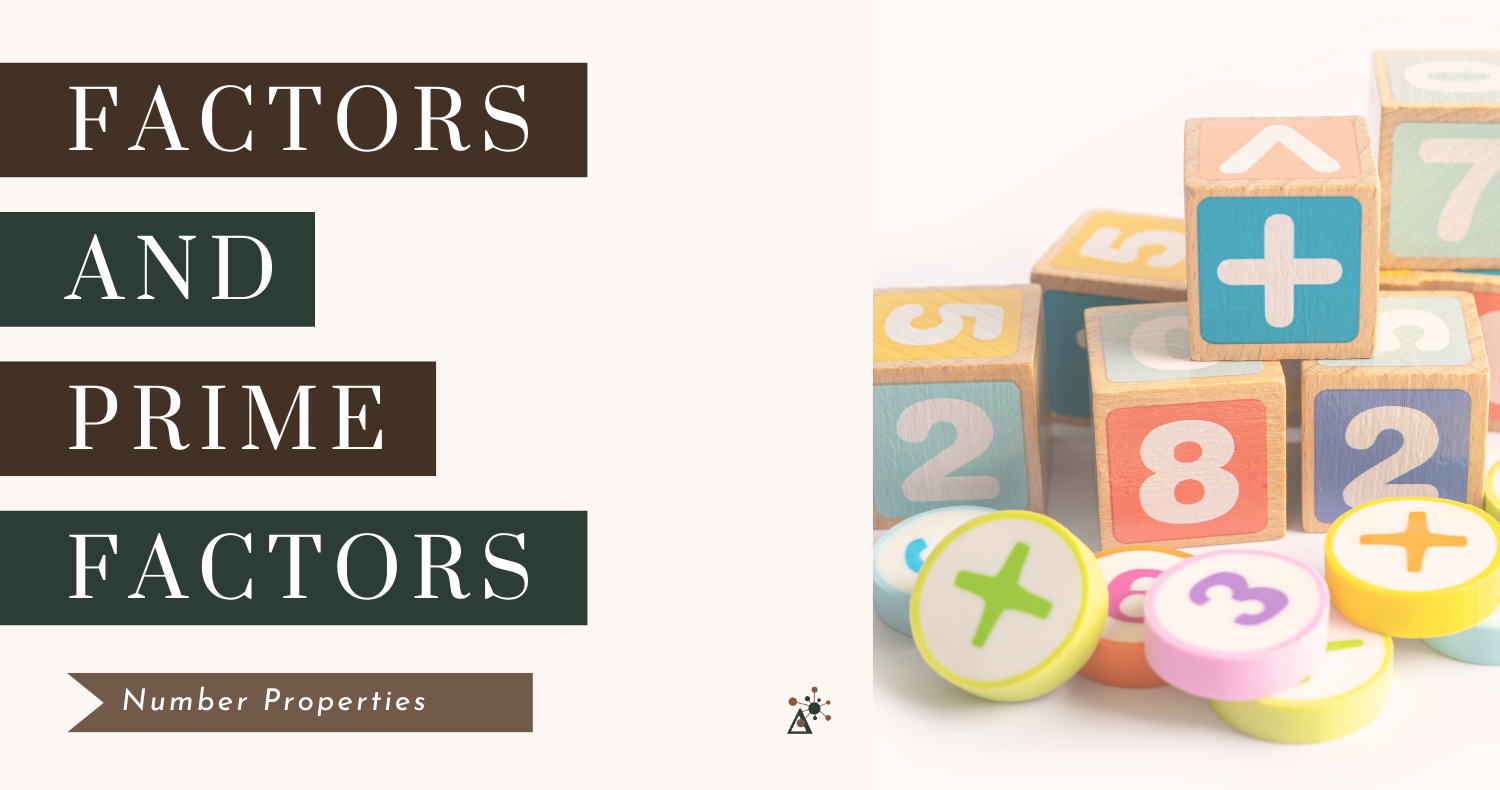
Solve Quadratic Functions By Factoring

Find The Domain and Range of Continuous Functions
Learn how to find the domain and range of functions using interval and inequality notation. Includes examples of continuous and non-continuous (piecewise) functions with clear explanations.

How to Factor Quadratic Functions
Learn how to factor quadratic equations step by step with clear examples. This guide covers factoring out the GCF, the X-Method, the Box Method, and factoring by grouping to help you solve quadratic functions and find x-intercepts with ease.

Graphing Quadratic Functions - Standard Form
Learn how to graph quadratic functions in standard form. Discover step-by-step methods to find the vertex, y-intercept, and plot additional points using symmetry. Perfect for mastering parabolas and enhancing graphing skills!

Understanding the Properties of Operations
This blog post explores the essential properties of operations in mathematics, including closure, commutative, associative, distributive, identity, inverse, and equality properties. It provides clear definitions and examples for each property, highlighting how they apply to real numbers and help in understanding algebraic concepts. The post also covers additional properties like the reflexive and zero multiplicative properties, emphasizing their importance in solving mathematical problems. Perfect for students or educators, this post offers a solid foundation for mastering the rules governing basic mathematical operations.

Graphing Quadratics (Vertex Form)
Explore how to graph quadratics in vertex form. This article provides a detailed guide to understanding and graphing quadratic functions. It begins by introducing the basic structure of quadratic functions and the importance of the parent function f(x) = x^2, highlighting the key characteristics like the U-shaped parabola, symmetry, and the vertex. The post then focuses on how to graph quadratics using vertex form f(x) = a(x-h)^2 + k, explaining how the parameters a, h, and k affect the graph. It discusses vertical stretches, compressions, reflections, and both horizontal and vertical shifts. The post concludes with step-by-step instructions on how to graph a quadratic function and provides practice problems for reinforcing the concepts.

Evaluating Functions - When Input Is an Expression
Ready to explore more advanced evaluations? Dive into the second part of our series on function evaluations. Here, the focus is on evaluating expressions as function inputs. Discover techniques for simplifying expressions and substituting them as inputs, and gain step-by-step instructions for evaluating functions algebraically. With this comprehensive guide, you'll gain the skills to confidently evaluate functions with any input expression.

Introduction to Evaluating Functions
Discover how to evaluate functions when the input is a rational number through this informative blog post. Not only will you learn the fundamentals of rational numbers and their impact on function outputs, but you'll also find step-by-step instructions and practical examples on how to evaluate functions algebraically, graphically, and using a table. Enhance your mathematical prowess, tackle intricate functions, and approach rational number evaluations with ease!

Introduction to Relations and Functions
Welcome to the fascinating realm of relations and functions, where numbers and equations interact and shape our understanding of mathematics! In this educational blog post, we will dive into the fundamentals of relations and functions, exploring how inputs and outputs are related and how they can be used to solve problems. By the end of this introduction, you'll be equipped with the knowledge to think like a mathematician and unleash the potential of these crucial concepts in your mathematical journey!

The Rules of Divisibility
Learn about the rules of divisibility and use these rules to predict the outcome of every division problem!

Factors and Prime Factors
Dive into the captivating realm of factors and prime factors in our latest blog post. Learn how factors relate to even division and uncover their secrets with factor tables. Discover the power of prime factors, the building blocks of numbers, and unlock their potential in problem-solving. Join us on this math adventure as we unravel the mysteries of factors and prime factors!

